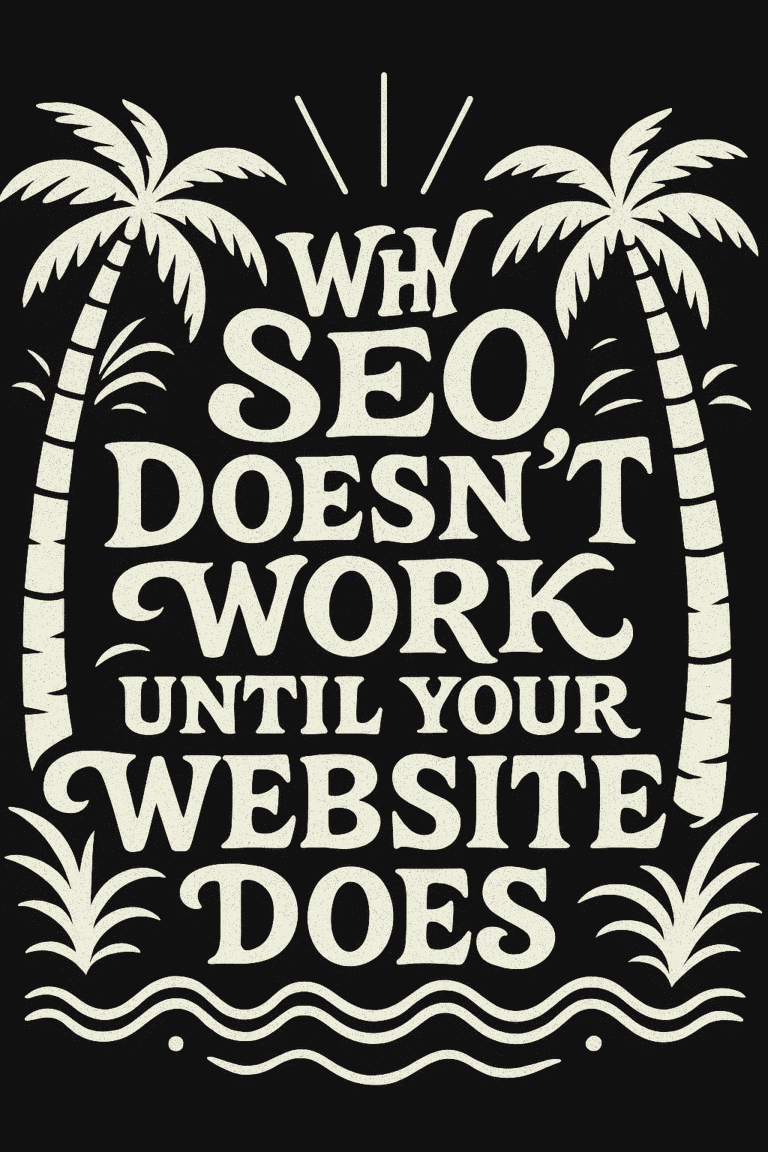
Users are no longer satisfied with cookie-cutter online experiences – they’re on a quest for something that feels tailor-made just for them. Personalization is the secret sauce that spices up their journey, transforming your website into a digital wonderland where every interaction feels like it was crafted with the user’s unique needs and desires in mind. For website owners, digital marketers, and web designers, this magical ingredient can boost user satisfaction, skyrocket conversion rates, and make your customers feel like they’ve found their online home sweet home. In this blog post, we’ll venture into the enchanting realm of personalization, uncovering its power to create customized user experiences that leave your audience spellbound. So, buckle up and join us on this exciting adventure as we reveal the secrets of personalization and show you how to make your website an irresistible digital destination that your users simply can’t resist.
The Importance of Personalization
In today’s digital landscape, consumers are bombarded with countless websites and applications vying for their attention. To stand out in this crowded space, businesses must provide a unique and captivating user experience that keeps their audience engaged and encourages loyalty. Personalization is the key to achieving this, as it tailors the user’s online experience to their preferences, behaviors, and needs. Some of the benefits of personalization include:
- Increased User Engagement: Personalized content and features can significantly increase user engagement metrics such as time spent on your site, pages viewed, and return visits.
- Higher Conversion Rates: By presenting content or offers that are directly relevant to an individual user, businesses can boost conversion rates and ultimately increase their bottom line.
- Better Customer Retention: A personalized user experience helps establish trust and rapport with your audience, making them more likely to continue using your site or application in the future.
- Competitive Advantage: Providing personalized experiences can help your business differentiate itself from competitors who employ generic or one-size-fits-all approaches.
Strategies for Implementing Personalized Content
There are several ways to implement personalization into your digital strategy, depending on your resources and objectives. Here are some starting points to consider:
- Adaptive Web Design: Use techniques like responsive and adaptive design to ensure that your website or application renders well on any device, regardless of screen size or orientation. This helps deliver a seamless and enjoyable user experience, even when switching between devices.
- Customer Segmentation: Group your users into distinct segments based on key attributes such as demographics, browsing behavior, purchase history, or preferences. This allows you to tailor content, offers, or recommendations to each subgroup, creating more meaningful and relevant experiences.
- Location-Based Personalization: Serve up content, promotions, or recommendations based on the user’s geographic location. For example, you could promote local events, store locations, or weather-sensitive items depending on the user’s current or historical location data.
- Behavioral Tracking: Monitor user interactions and preferences over time to build a deeper understanding of their needs and interests. This can be used to automatically serve up content or offers that are in line with what the user has previously shown an interest in.
Data and Tools: Uncovering User Preferences and Behaviors
Personalization requires data, and lots of it! Luckily, there are several powerful (and sometimes free!) tools available to help you track user interactions and uncover valuable insights into their interests and behaviors. Some examples include:
- Heatmaps and Click Reports: Heatmapping tools such as Hotjar, Crazy Egg, or Mouseflow provide visual representations of how users interact with your website or application. This data can be used to identify areas that are confusing or hard to use, allowing you to make improvements and optimize user experience.
- Analytics Platforms: Google Analytics, Adobe Analytics, or Mixpanel can be used to track user behavior across your website or application. This data can then be used to build up a picture of what content resonates with your audience and which areas could use improvement.
- A/B Testing: A/B testing is a powerful tool for testing different versions of webpages, emails, or application features to identify which one resonates most with your audience. It provides you with valuable data that can be used to optimize user experience and maximize conversions.
Ethics, Privacy, and Transparency
As you start collecting data and implementing personalization strategies, it’s important to remain mindful of privacy concerns and ethical considerations. It’s essential that website owners, digital marketers, and web designers are aware of the implications of any user data they collect, use, or store. In addition, users must be made aware of how their data is being used so that they can make an informed decision about whether to opt-in or out of personalized experiences. Some best practices to consider include:
- Ensure that your privacy policy is up-to-date and transparent, clearly outlining how user data is collected and used.
- Provide an opt-in or opt-out option for users who wish to be excluded from personalized experiences.
- Be transparent about what data is being collected and why it’s needed.
- Regularly audit your data collection and storage processes to ensure they comply with industry regulations.
Conclusion
Personalization is essential for delivering engaging and relevant experiences that keep users coming back. By understanding your audience, collecting the right data, and leveraging tools to uncover insights, businesses can create personalized digital products and experiences that stand out in today’s ever-changing landscape. However, it’s important to remember to remain mindful of user privacy when implementing personalization strategies. Following best practices and staying transparent about your data collection processes can help you ensure user privacy while still providing targeted and effective personalization.
—
Frequently Asked Questions:
What are the benefits of personalization?
Some of the benefits of personalization include increased user engagement, higher conversion rates, better customer retention, and a competitive advantage.
How can I implement personalized content?
Strategies for implementing personalized content include adaptive web design, customer segmentation, location-based personalization, and behavioral tracking.
What tools can I use to uncover user preferences and behaviors?
Tools that can be used to uncover user preferences and behaviors include heatmaps and click reports, analytics platforms, A/B testing, and more.
Where should I start when implementing personalization?
When starting to implement personalization, it’s important to understand your audience and their needs. Once you have an understanding of the user base, you can then begin collecting data and leveraging tools to uncover insights into their interests and behaviors. Finally, ensure that you remain mindful of user privacy by following best practices and being transparent about your data collection processes.
The goal of personalization is to create an engaging and relevant experience for users. By understanding the audience, collecting the right data, leveraging tools to uncover insights, and remaining mindful of user privacy, businesses can create personalized digital products and experiences that stand out in today’s online environment.





